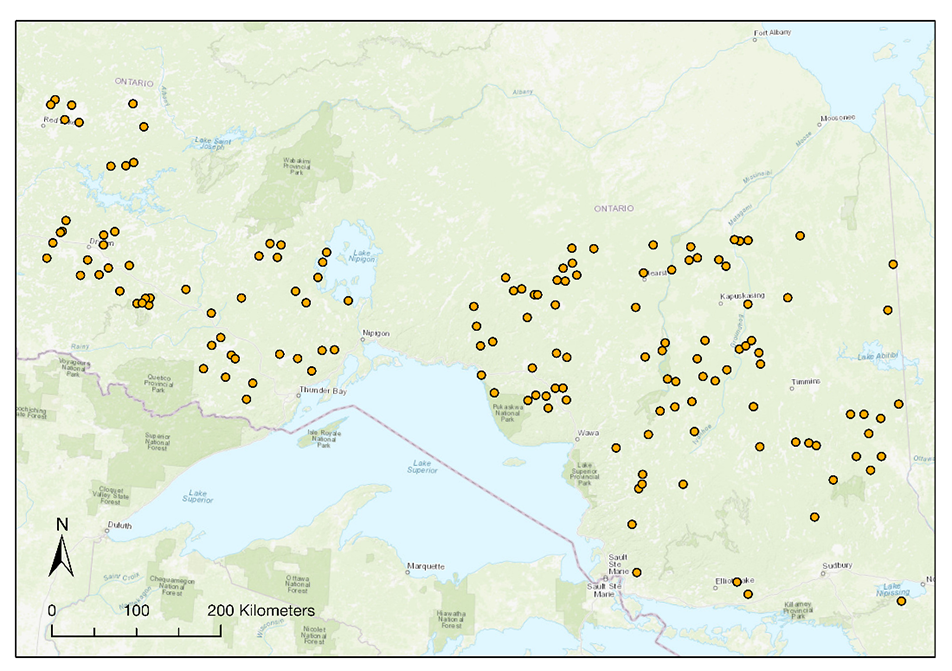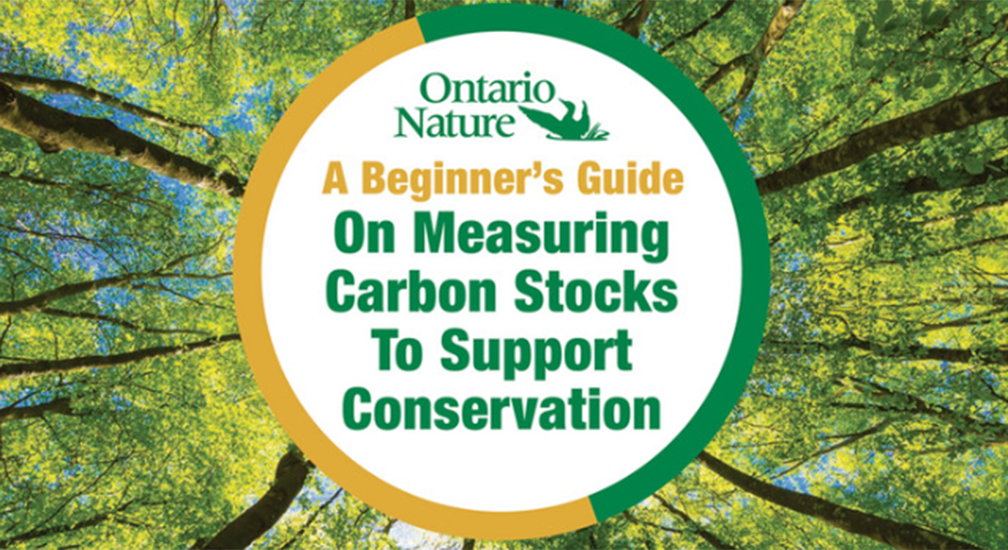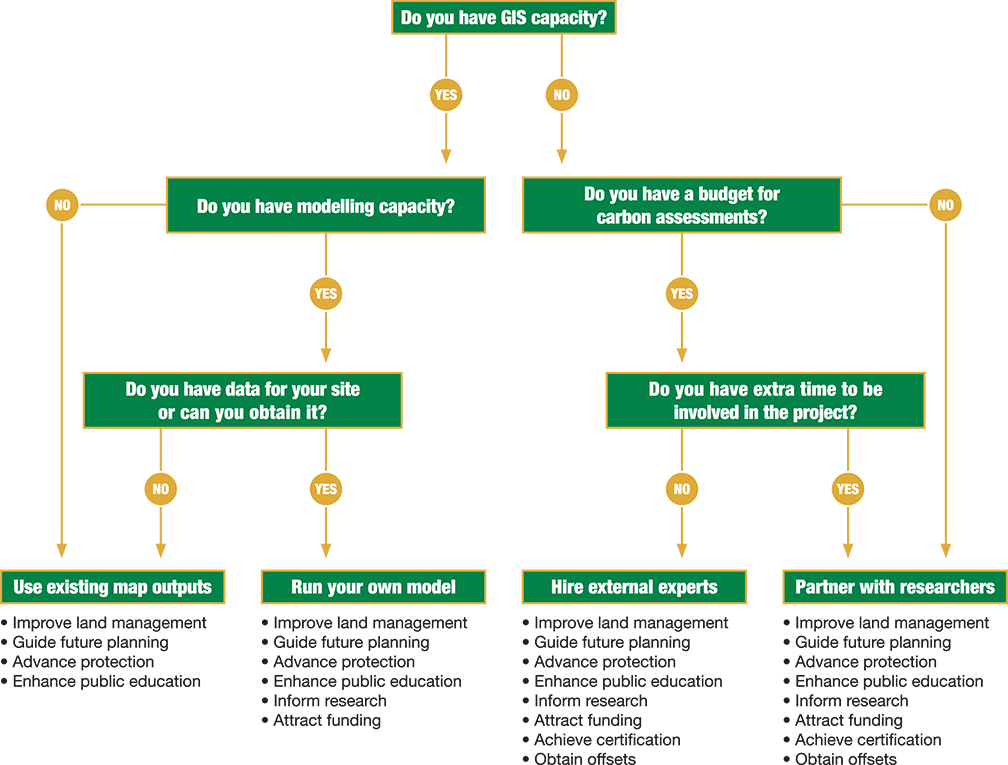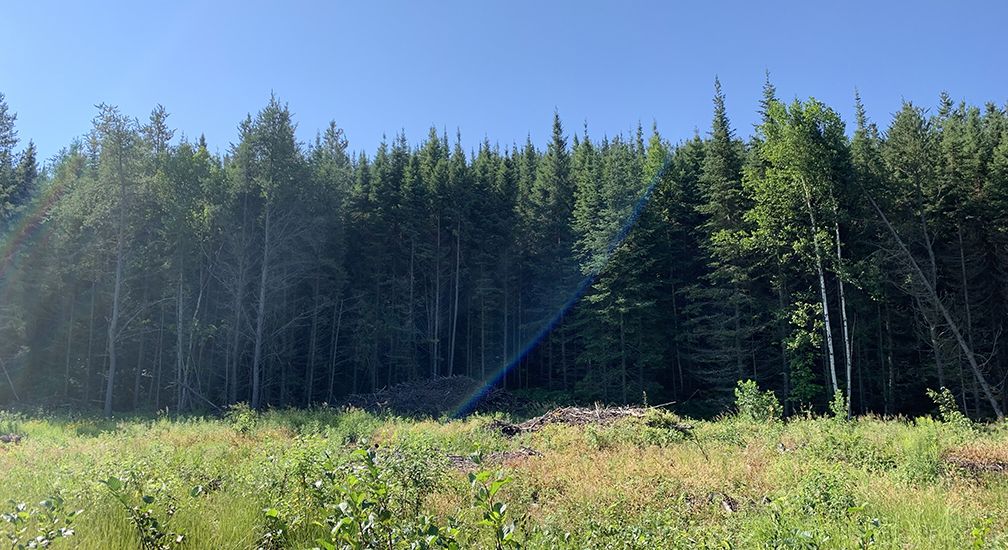Ontario Nature Blog
Receive email alerts about breaking conservation
and environmental news.
© Lora Denis
Little Athelstane Lake © Kristen Setala
Did you know carbon is found in everything on Earth? From human DNA to soil to the atmosphere. The carbon stored in ecosystems is called a “carbon stock.” Protecting carbon stocks in natural areas can help us fight climate change and biodiversity loss in Ontario.
Ontario Nature’s protected places team has been measuring carbon stocks in Forest Stewardship Council (FSC) Designated Conservation Lands (DCLs). DCLs are sites that are identified and set aside by FSC-certified forestry companies. Currently, Ontario’s 147 DCLs represent a one million hectare opportunity for nature-based solutions. Our aim is to see them permanently protected.

To help support the case for their permanent protection, we wanted to know how much carbon Ontario’s DCLs store. This project involved literature reviews, fieldwork, webinars and workshops, meeting with carbon researchers, and field assessments.
It has been a year of learning about nature-based climate solutions (NbCS) and carbon assessments. As a result of this work, we are pleased to announce the publication of “A Beginner’s Guide on Measuring Carbon Stocks to Support Conservation,” a guide to help organizations and communities proceed with carbon storage assessments for conservation.

Measuring carbon is the first step in adopting NbCS, which can help us achieve our political commitments of protecting 30% of Ontario’s lands and waters by 2030 and achieving net-zero emissions by 2050.
More specifically, knowing how much carbon is stored in an ecosystem can help:
Some organizations delegate carbon assessments to an external carbon consultant, which can be expensive. Alternatively, access to free online models and knowing how to use them can help organizations and communities get started with this work immediately and at a lower cost.
During our research, we realized that there are many different approaches to measure carbon stocks. The decision-making tree below highlights four options for measuring carbon stocks and helps readers choose the most suitable approach for their project, capacity, and budget.

Along with the decision-making tree, our new guide also:
We are still in the early days of measuring carbon and there is still much to learn. However, we hope our guide can help organizations, conservation authorities, Indigenous communities, ENGOs, and FSC-certified companies navigate carbon stock assessments to advance NbCS in Ontario.

Using some of the approaches laid out in the guide, we assessed FSC DCLs and found that they store more carbon than the surrounding landscape. We plan to use this data to show the provincial government that permanently protecting these areas is critical for addressing climate change and biodiversity loss.
You can help us protect one million hectares in northern Ontario by making a gift at www.ontarionature.org/protected-places-give. Your support will help us to ensure that these natural carbon-capturing systems continue to do what they have done since time immemorial.
This project is made possible by the Career-Launcher Internships program with the financial support of the Government of Canada through the federal Department of Environment and Climate Change, ECO Canada, the Metcalf Foundation, the RBC Foundation, Bruce Power, TD Friends of the Environment Foundation and an anonymous donor.

Gananoque Lake Nature Reserve © Smera Sukumar
Will there be a paper edition of ‘The Beginner’s Guide On Measuring Carbon Stocks To Support Conservation’? It looks excellent! Thanks. Jane